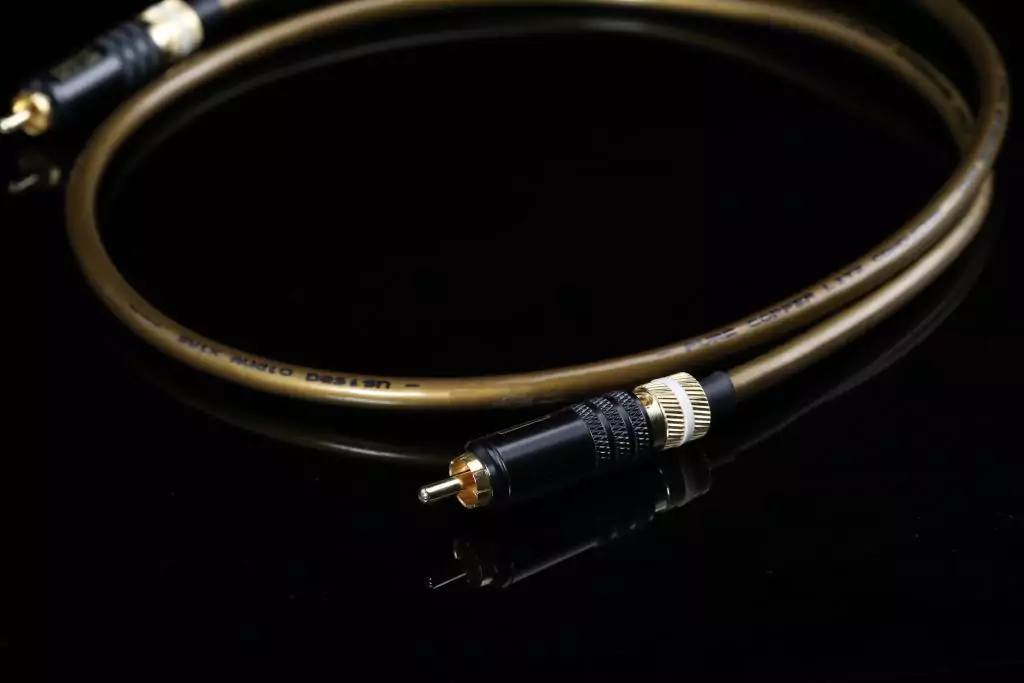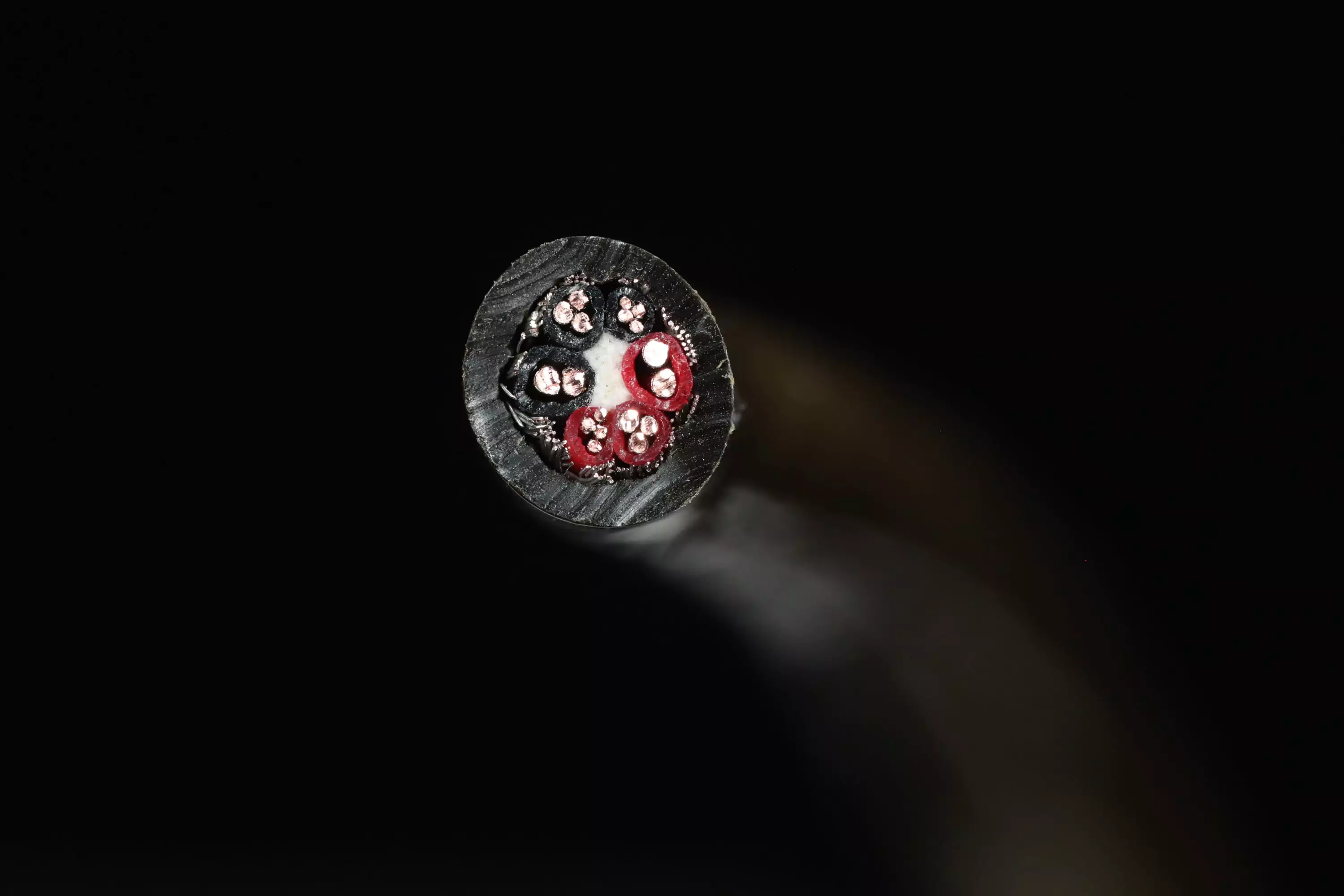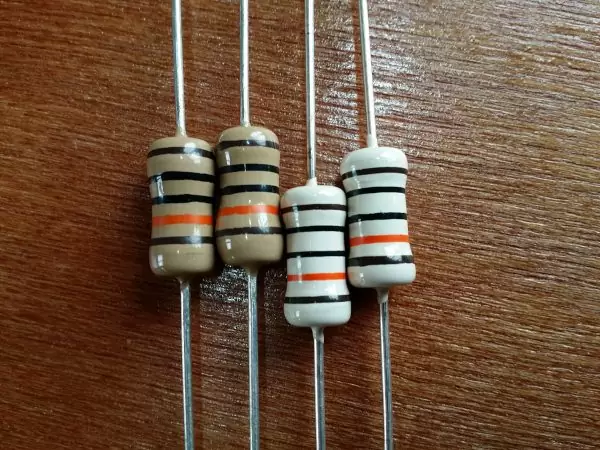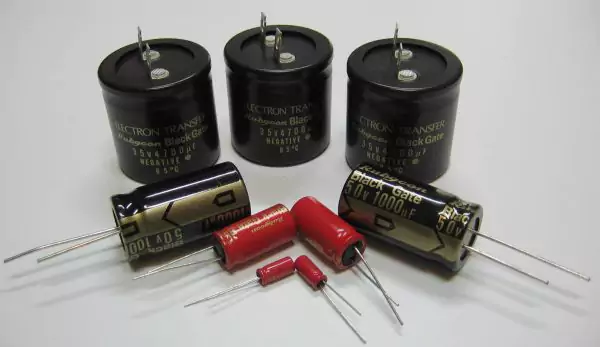Why cables are so important?
Ideal cable is a zero impedance conductor. Ideally, it would present zero impedance to a music carrying signal. Any serious imperfection of a conductor can only contribute to an impedance mismatch, which is the main issue for the signal transmission. In order to avoid it, the cables must “adapt” themselves to the impedance requirements across the source and the signal receiver. Everything matters when it comes to quality and quantity, whether it is the material of a conductor or the reactance of a complete cable.
Our non-ideal world is full of limitations dictated by the laws of physics. Unfortunately, there are no ideal components in a non-ideal world. Each conductive material has its own sonic character and is characterised by the residual presence of the three main electric properties such as resistance, inductance and capacitance. The combined interaction of these properties is called impedance. Since impedance depends on signal frequency, an impedance mismatch between the source (e.g. CD player) and the load (e.g. amplifier) act as signal frequency filter. All filters modulate signals and cause signal degradation.
In spite of all natural limitations, we should not accept a compromise on signal transmission. The main objective was to create a minimum compromise conductor design, which maximises signal integrity and its transfer behavior while minimising the effects of as resistance, inductance and capacitance causing signal modulation or simply a loss of a signal integrity. In transmission line theory terms, we looked to design a conductor that would match the impedances (i.e. minimise the signal loss) between the signal source and the load more closely. After all, the main goal of a cable design is to maximise the signal transfer behavior i.e. minimise the impedance mismatch, overcoming the effects of resistance, inductance and capacitance.
Numerous experimentation with cable designs and investigation into the effect of conductor materials on the quality of reproduction of sound, led us to believe that the material quality of a conductor, its dielectric environment and construction are the most significant factors that affect the signal transmission. Some of the findings can be summarised as follows:
Importance of the conductor material
Every conductive material does have a distinct sound signature. Without going into the debate of personal preferences, we find that solid, individually insulated conductors sound generally more revealing, dynamic and more musical. The way these conductors are arranged and treated is equally is important as their type and their purity.
Insulation around the conductors
What really makes a significant difference, we think is the dielectric or insulation material around conductors. A conductor of identical material quality can either shine or sound dull depending on the choice of the dielectric material. There many options here: polyurethane, PVA, cotton, silk, PTFT and many others. Some dielectrics are better and some are worse. If a dialectic material sits to close on a conductive material and there are many conductors in parallel, the capacitance of a cable increases. That is a clearly an undesired effect, which we wanted to minimise. After numerous experiments with cable geometry we arrived at a choice of least compromise: PU and Air -the best real world attainable dielectric. While it is not possible to have a 100% air dielectric we strived to maximise its presence. The results speak for themselves. We achieved less capacitance, less distortion, more clarity, resolution, air, and greater dynamics and last but not least the amount of energy unleashed.
On the matter of cable construction
While conductor and insulation materials are crucial to the performance of a signal transmission, the arrangement of these materials is a factor of no less importance. There is almost unlimited number of combinations of choosing the size and the quantity of conductors and ways of how to arrange them. All these choices are different forms of a compromise. Too thin conductors sound excellent in the treble frequency region but usually sound poor in the bass frequency region, while for the thicker conductors the issue is vice versa. On the one hand any conductor twisting is undesirable since it increases inductance and resistance. On the other, paralleling many conductors decreases resistance but paralleling too close and too many increases capacitance too. Using a screen surely has benefits of shielding against RFI and other parasitic radio frequencies but brings a drawback of increased capacitance and reduction of airiness in the sound.
The Result?
We designed our SW1X Litz Cables as a reference-grade solution for audiophiles who refuse to accept the typical compromises of cable design. With their superior copper conductors, air-focused dielectric, and minimalist geometry, they deliver outstanding sonic neutrality, vibrancy, and detail.
The SW1X Litz Cable range is categorized into three lines, based on conductor material, geometry, conductor quantity, or a combination of these factors:
SW1X Magnum X – specially annealed and cryo treated conductors
SW1X Magnum – standard annealed conductors
SW1X Genesis X – specially annealed and cryo treated conductors
SW1X Genesis- standard annealed conductors
SW1X Opus X – specially annealed and cryo treated conductors
SW1X Opus – standard annealed conductors





